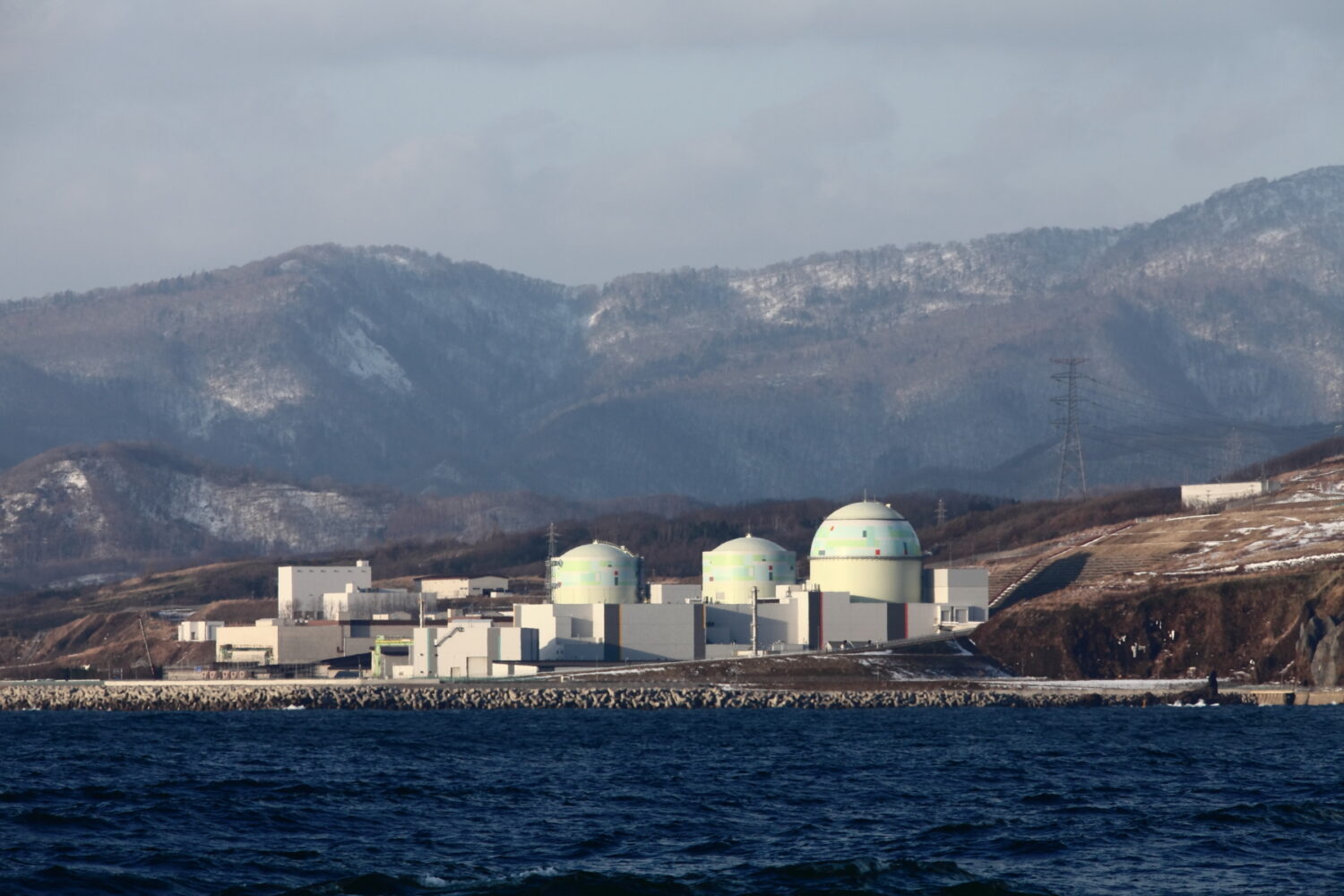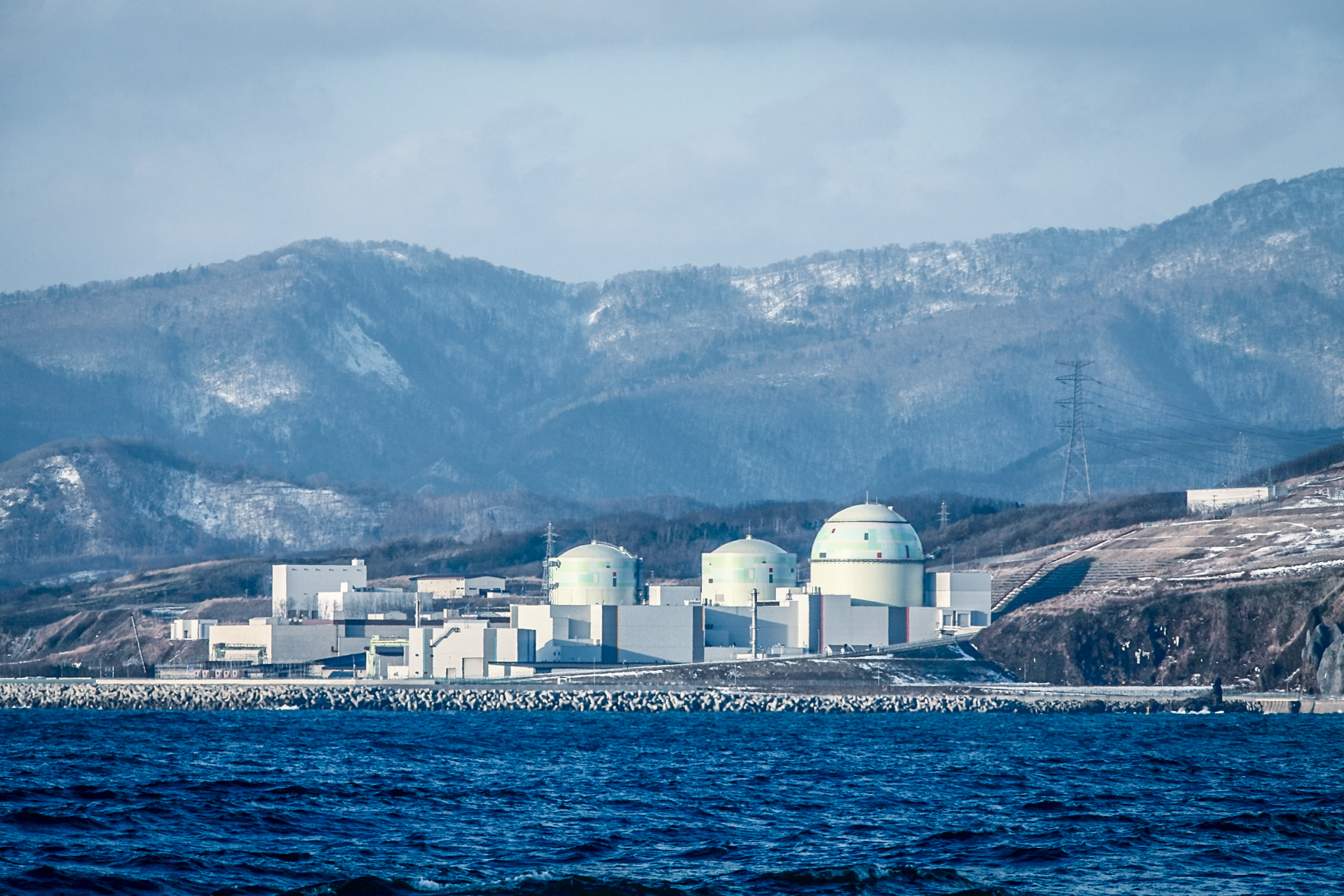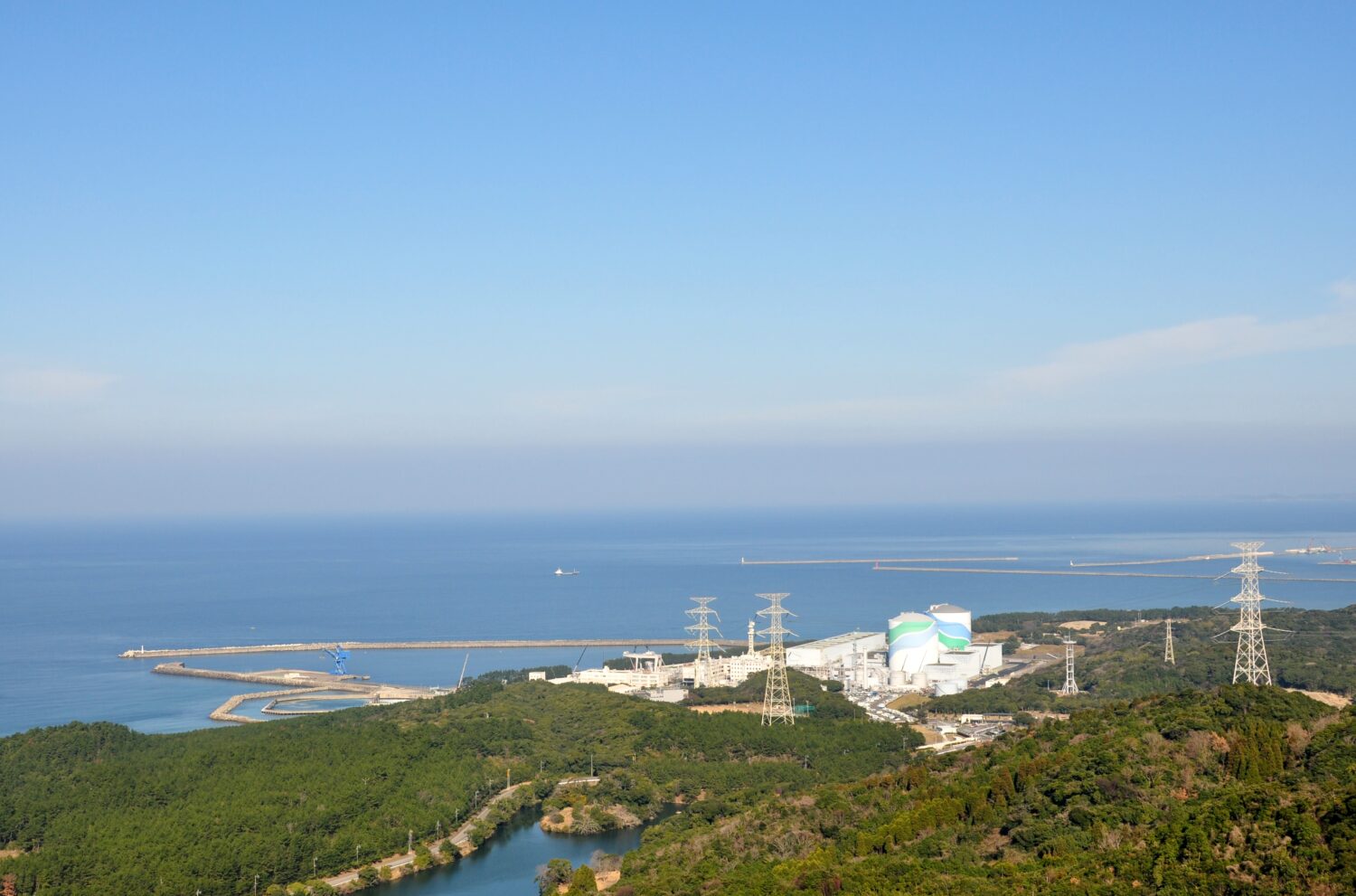Five-year grace periods for the installation of such facilities were granted from the date of approval of both plants’ construction work plans (detailed design approvals)—March 18 and May 22, 2015, for Sendai-1 and -2, respectively—so the deadline for Sendai-2 will expire soon. The two units had already cleared their examinations under the new regulatory standards ahead of others nationwide, having resumed operation in August and October 2015, respectively.
The periodic inspection of Sendai-2 is expected to take approximately nine months, ending next year. In addition to work to install the specific safety facilities, refueling of the unit will also take place, as well as the installation of a permanent direct-current power supply system (the third one), as required under the new regulatory standards.
On April 30, Kyushu Electric President Kazuhiro Ikebe, at a press conference to address the power utility’s financial results for FY19, expressed concern for the effects of the coronavirus (COVID-19) pandemic on the country’s electricity industry. Referring to the FY20 earnings forecast, he contrasted the present situation unfavorably with the financial crisis of more than a decade ago, saying, “Now, even the department stores are closed, unlike before.”
Ikebe repeatedly stressed that the outlook for Japan’s entire economy was uncertain, estimating the increased costs for substitute fuel, on account of the suspension of operations at the Sendai-1 and -2, at about JPY25 billion (USD230 million at USD1=JPY108).
According to a report on actual electricity supply and demand, released by Japan’s Organization for Cross-regional Coordination of Transmission Operators, (OCCTO) on May 15, the capacity margin for July and August 2020 in the Kyushu area is forecast to be around 8 percent, enough to secure supply capabilities for the peak summer demand period.


-013.jpg)

-049.jpg)
.jpg)






